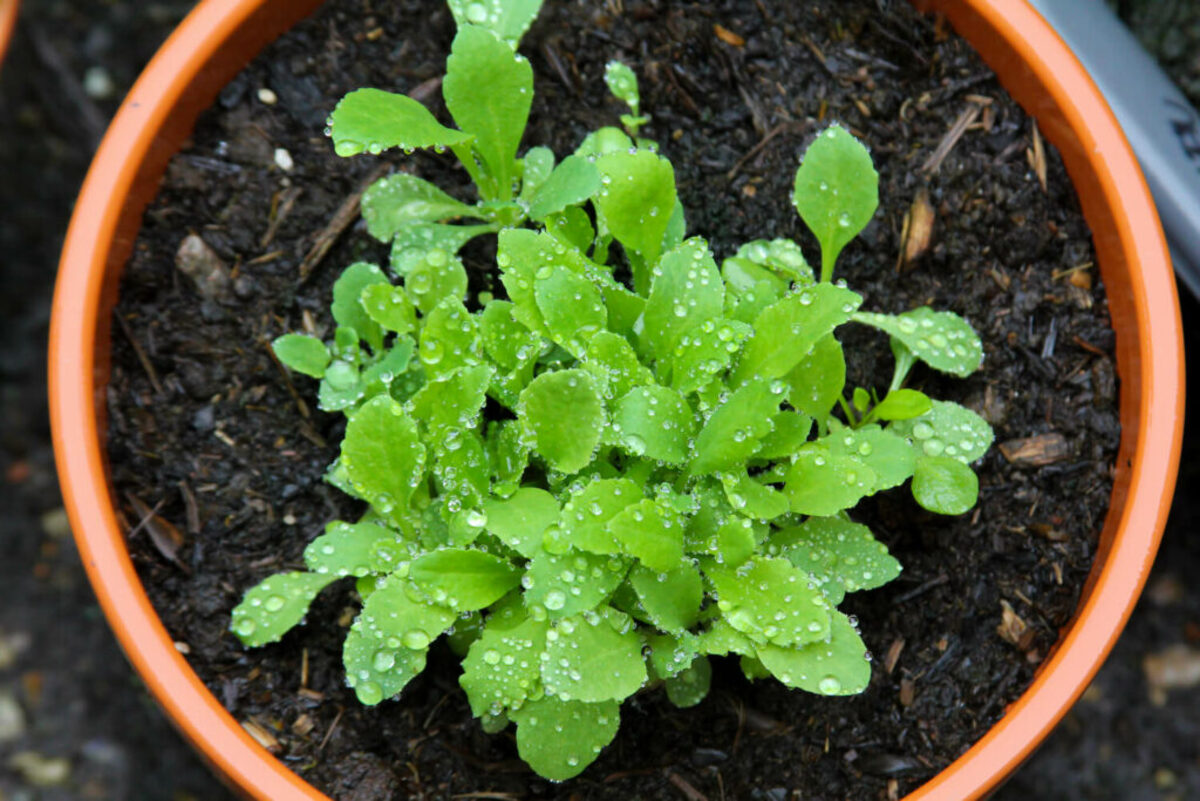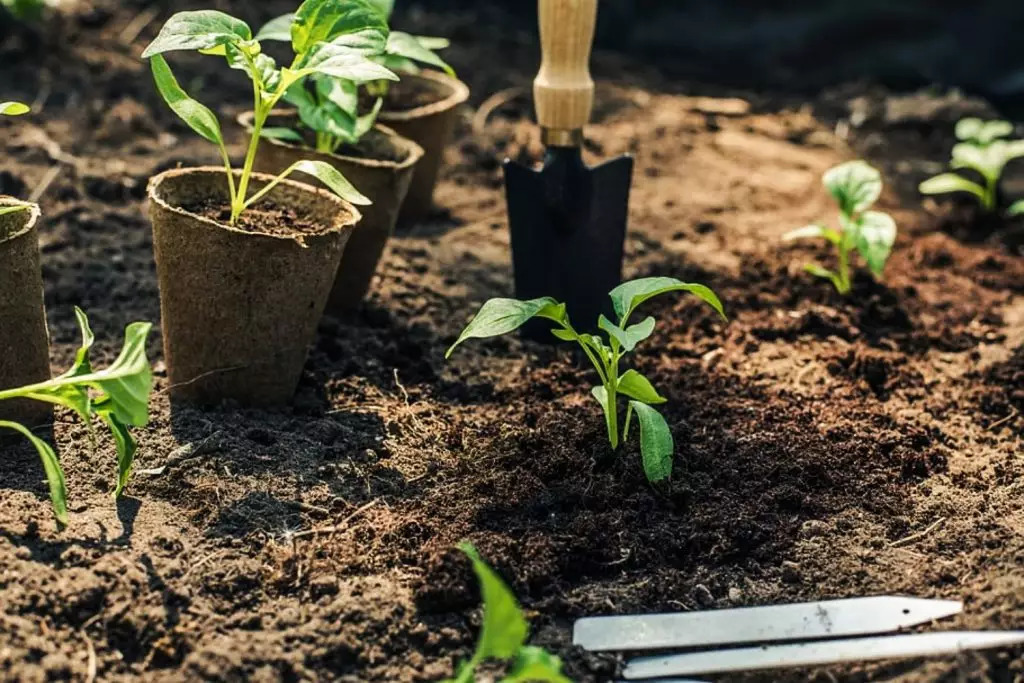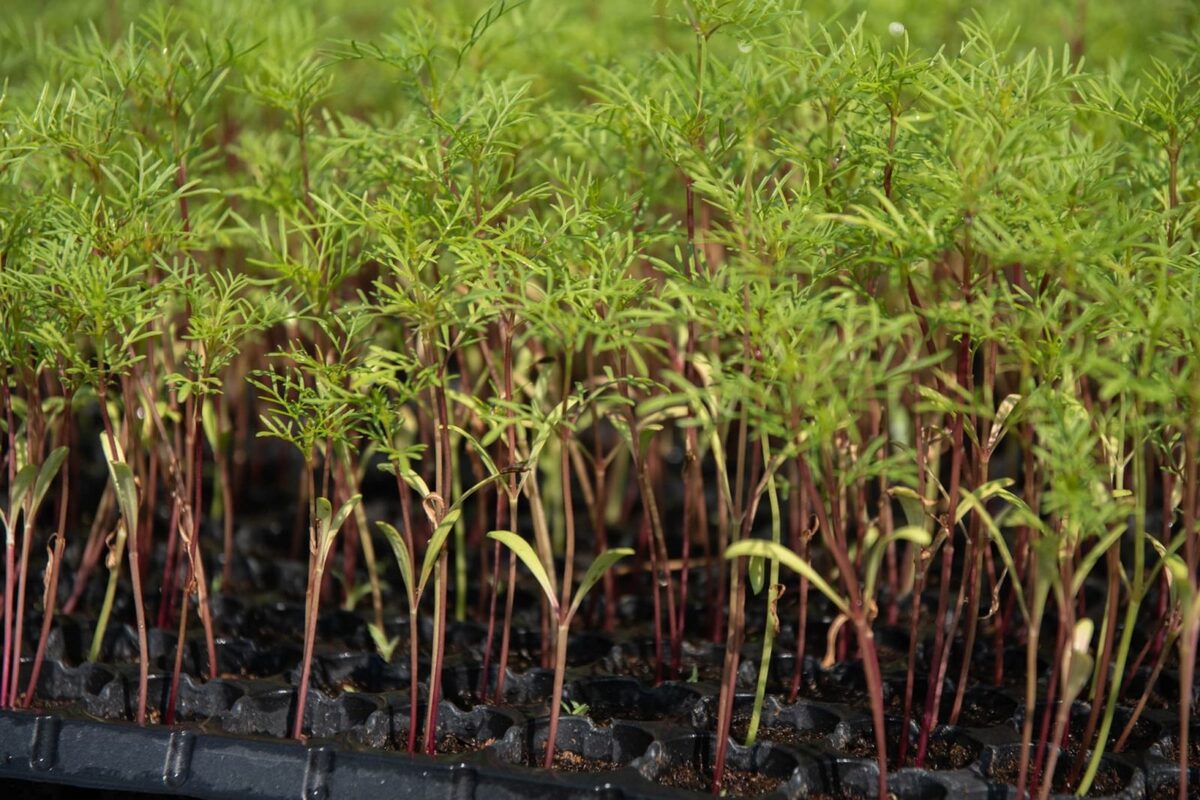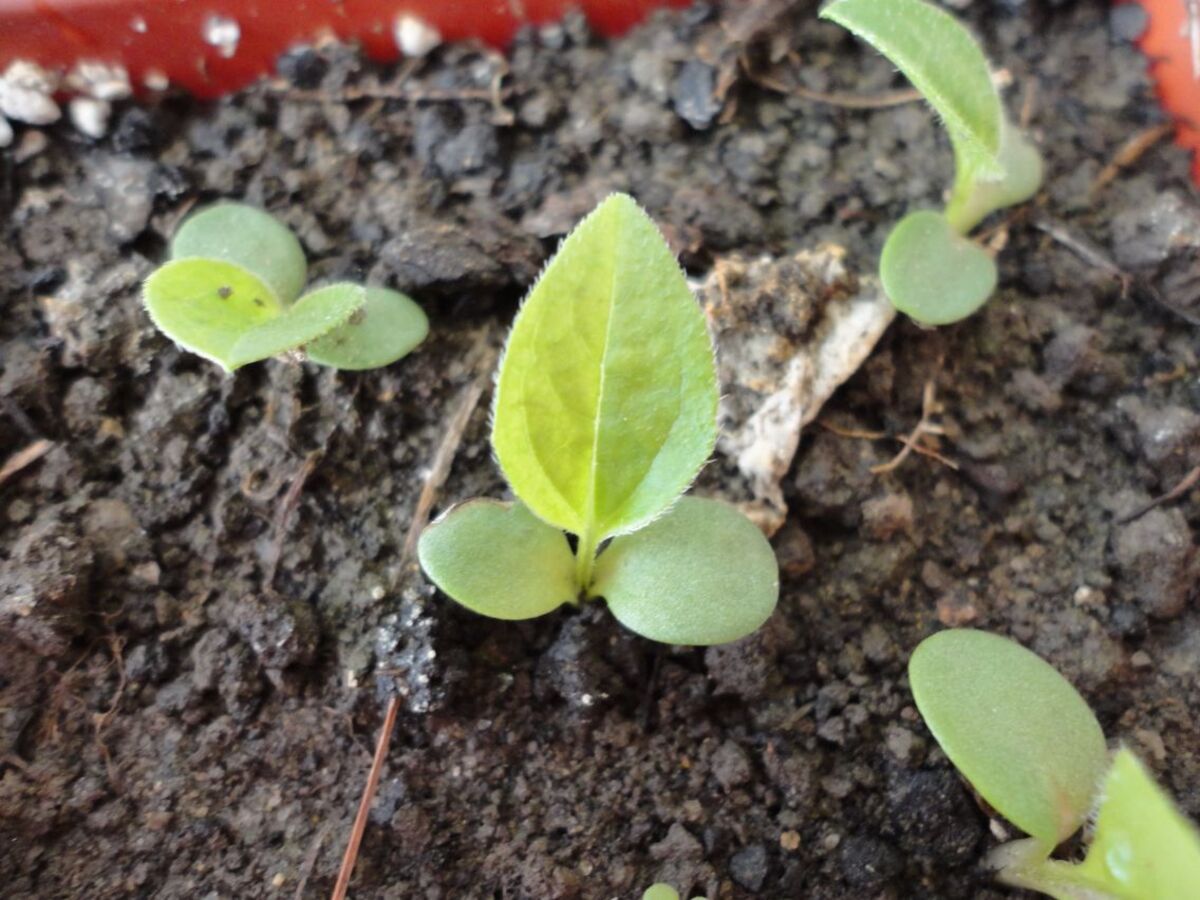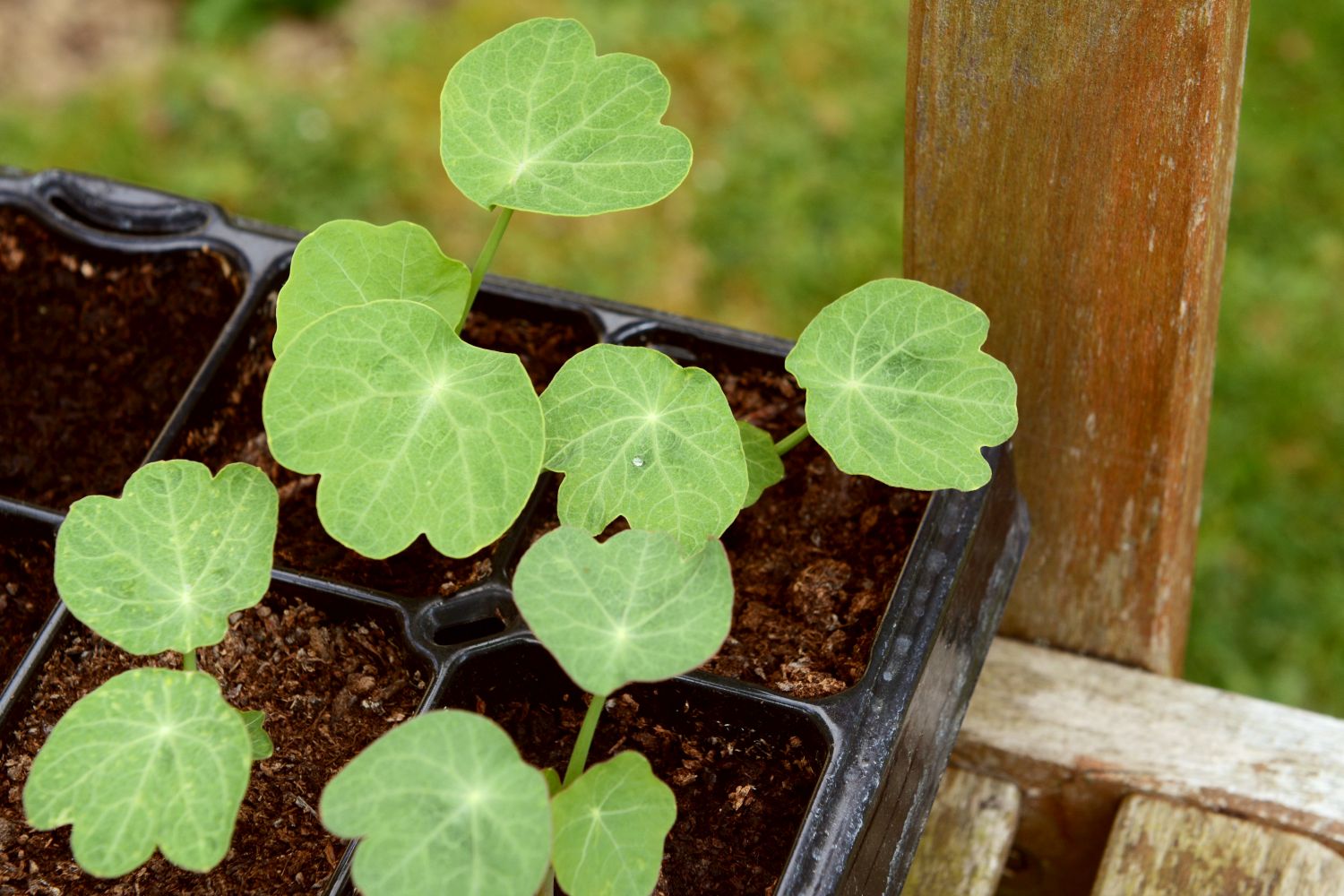Home>Gardening Techniques>Plant Care>What To Do About Leggy Seedlings
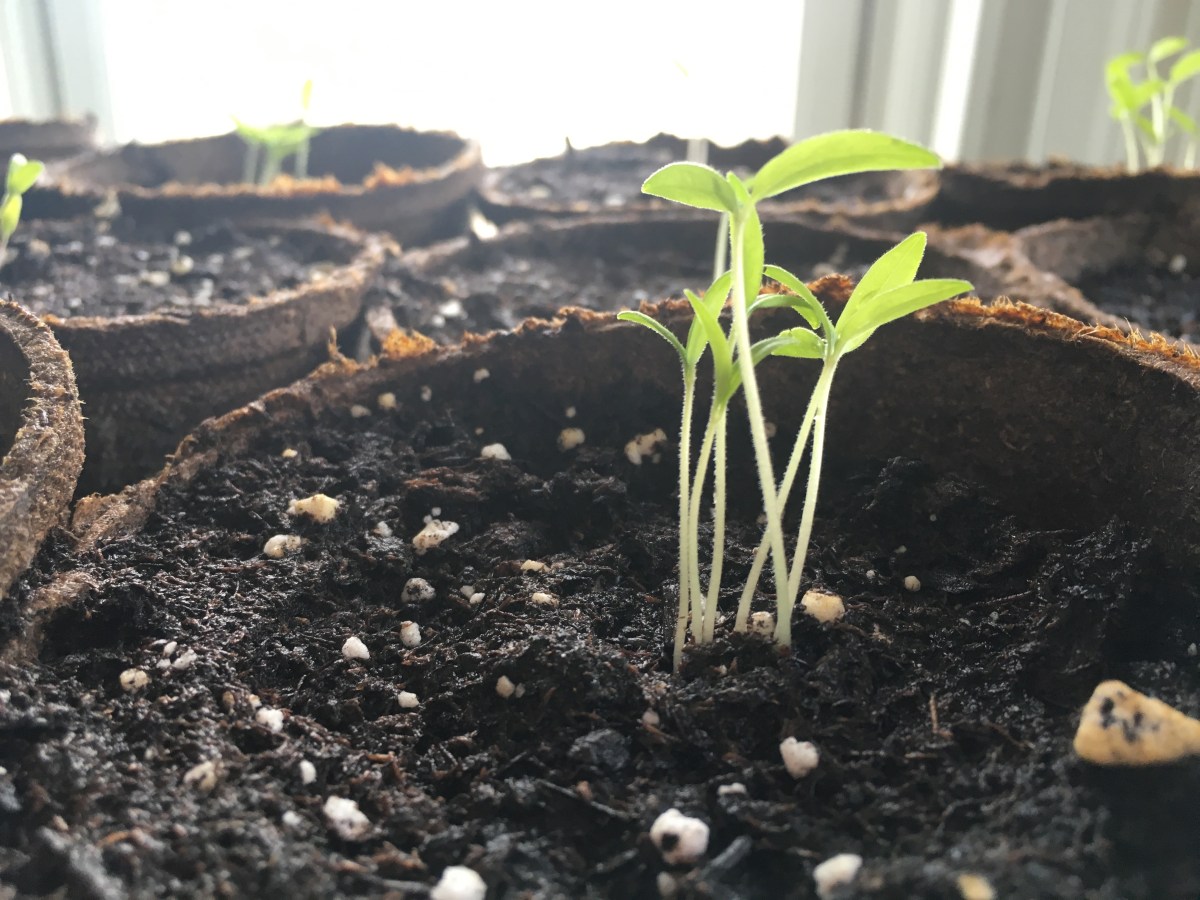

Plant Care
What To Do About Leggy Seedlings
Published: January 6, 2024
Learn how to address leggy seedlings with proper plant care techniques. Discover effective solutions to help your seedlings thrive.
(Many of the links in this article redirect to a specific reviewed product. Your purchase of these products through affiliate links helps to generate commission for Chicagolandgardening.com, at no extra cost. Learn more)
Table of Contents
Introduction
Understanding Leggy Seedlings
Leggy seedlings can be a common issue for many plant enthusiasts, especially those who are just starting their gardening journey. It can be disheartening to see your young plants stretching and reaching for light, resulting in weak stems and underdeveloped foliage. However, understanding the reasons behind leggy seedlings and implementing effective strategies to address this issue can help nurture healthy and robust plants.
In this comprehensive guide, we will delve into the various factors that contribute to leggy seedlings, explore the root causes of this phenomenon, and provide practical solutions to prevent and rectify leggy growth in your seedlings. Whether you are cultivating vegetables, herbs, or ornamental plants, the insights shared here will empower you to promote strong and vigorous growth from the earliest stages of your plants' development.
Throughout this article, we will uncover the underlying reasons for leggy seedlings, including environmental factors, inadequate lighting, and improper planting techniques. By gaining a deeper understanding of these influences, you will be better equipped to foster optimal growing conditions for your seedlings, thereby mitigating the risk of leggy growth and promoting healthier, more resilient plants.
As we embark on this journey to combat leggy seedlings, it's essential to approach the issue with a proactive mindset. By implementing the preventive measures and solutions outlined in the subsequent sections, you can take proactive steps to safeguard your seedlings against leggy growth and set the stage for a thriving garden or indoor plant collection. Let's dive into the intricacies of leggy seedlings and equip ourselves with the knowledge and strategies needed to overcome this common challenge in plant care.
Understanding Leggy Seedlings
Leggy seedlings, also known as etiolated seedlings, exhibit elongated, spindly stems and pale, underdeveloped foliage. This phenomenon occurs when seedlings fail to receive adequate light, causing them to stretch in an attempt to reach the light source. As a result, the plants become weak and susceptible to damage, hindering their overall growth and vitality.
When examining leggy seedlings, it’s crucial to recognize the impact of light deprivation on their development. In the absence of sufficient light, seedlings undergo rapid vertical growth as they strive to access the light needed for photosynthesis, the process essential for producing energy and nutrients. As a result, the seedlings allocate their resources towards stem elongation rather than foliage and root development, leading to the characteristic leggy appearance.
Moreover, leggy seedlings often display weakened stems that struggle to support the weight of the foliage, rendering them more susceptible to bending or breaking. This fragility compromises the plant’s structural integrity and resilience, making it less likely to thrive in its subsequent growth stages.
Understanding the visual cues of leggy seedlings is pivotal for identifying and addressing this issue early on. By recognizing the telltale signs of elongated stems and pale, spindly foliage, plant enthusiasts can intervene promptly to rectify the conditions contributing to leggy growth and promote healthier development in their seedlings.
As we delve deeper into the causes and solutions for leggy seedlings, it’s essential to grasp the physiological implications of this phenomenon. By gaining insight into the mechanisms driving leggy growth, we can implement targeted strategies to prevent and remedy this issue, nurturing robust and resilient seedlings from the outset of their growth journey.
Causes of Leggy Seedlings
Several factors contribute to the development of leggy seedlings, encompassing environmental conditions, cultural practices, and inherent plant traits. Understanding these underlying causes is crucial for implementing proactive measures to prevent leggy growth and promote optimal conditions for seedling development.
Inadequate Light: One of the primary drivers of leggy seedlings is insufficient light exposure. When seedlings are cultivated in low-light environments or positioned far from a natural or artificial light source, they elongate their stems in an effort to reach the light. This vertical growth diminishes the plants’ overall vigor and resilience, impeding their capacity to thrive.
Improper Temperature: Fluctuating or excessively high temperatures can also contribute to leggy seedling growth. When seedlings are subjected to temperatures that are either too warm or too cold, their growth patterns may become distorted, leading to elongated and weakened stems. Maintaining consistent and suitable temperatures is vital for fostering sturdy and compact seedling growth.
Overcrowding: Seedlings that are densely packed in trays or containers may compete for light, prompting them to stretch and become leggy in their quest for illumination. Overcrowding impedes air circulation and light penetration, creating an environment conducive to leggy growth. Proper spacing and ventilation are essential for preventing overcrowding-related issues in seedling trays.
Inadequate Nutrients: Insufficient access to essential nutrients, particularly nitrogen, can also contribute to leggy seedling growth. When seedlings lack access to balanced nutrition, their growth becomes unbalanced, potentially resulting in leggy and weak stems. Providing a well-rounded and appropriate nutrient supply is crucial for fostering robust and balanced seedling development.
Genetic Predisposition: Certain plant varieties may inherently exhibit a tendency towards leggy growth, influenced by their genetic makeup. While environmental factors play a significant role in leggy seedling development, it’s important to acknowledge the genetic predispositions of specific plant species or cultivars. Selecting varieties known for their compact and sturdy growth habits can mitigate the risk of leggy seedling issues.
By recognizing these contributing factors, plant enthusiasts can take proactive steps to create an optimal growing environment for their seedlings, mitigating the risk of leggy growth and fostering healthy, resilient plants from the earliest stages of cultivation.
Prevention of Leggy Seedlings
Preventing leggy seedlings entails implementing proactive measures that address the underlying causes of this growth phenomenon, thereby fostering robust and compact seedling development. By incorporating the following strategies into your plant care routine, you can create an environment conducive to healthy growth, mitigating the risk of leggy seedlings and nurturing vigorous plants from the outset.
Optimize Light Exposure: Position seedlings in a location that receives ample natural light or supplement their light intake with grow lights. Ensuring that seedlings receive consistent and adequate light exposure is crucial for promoting compact and sturdy growth, minimizing the likelihood of leggy development.
Regulate Temperature: Maintain optimal temperature conditions for your seedlings, avoiding extremes that can disrupt their growth patterns. Providing a stable and suitable temperature range supports healthy development, reducing the risk of leggy growth due to temperature-related stress.
Ensure Adequate Spacing: When sowing seeds or transplanting seedlings, allow for sufficient spacing to prevent overcrowding. Adequate spacing facilitates optimal air circulation and light distribution, reducing the likelihood of seedlings stretching and becoming leggy in their quest for light.
Provide Balanced Nutrition: Supply seedlings with a well-rounded and appropriate nutrient regimen to support their growth and development. Ensuring that seedlings have access to essential nutrients, including nitrogen, promotes balanced and robust growth, minimizing the risk of leggy and nutrient-deficient plants.
Select Suitable Varieties: When choosing seeds or seedlings, opt for plant varieties known for their compact and sturdy growth habits. Selecting cultivars with inherent resistance to leggy growth can preemptively mitigate this issue, setting the stage for strong and resilient seedling development.
Monitor Growth Conditions: Regularly assess the environmental conditions and growth patterns of your seedlings, making adjustments as needed to optimize their development. By staying attuned to the evolving needs of your plants, you can proactively address potential triggers of leggy growth and intervene to maintain healthy and robust seedlings.
By integrating these preventive measures into your plant care practices, you can create an environment that fosters optimal growth conditions for seedlings, reducing the likelihood of leggy development and nurturing strong, healthy plants from the outset of their cultivation journey.
Solutions for Leggy Seedlings
Addressing leggy seedlings requires proactive intervention to rectify the underlying causes of this growth pattern and promote healthier development. By implementing targeted solutions, plant enthusiasts can mitigate the effects of leggy growth and encourage sturdier, more resilient plants. The following strategies offer effective remedies for addressing leggy seedlings and nurturing optimal growth in young plants.
Prune Leggy Growth: Trim the elongated stems of leggy seedlings, encouraging bushier and more compact growth. By removing the excessively elongated portions of the stems, you can redirect the plant’s energy towards developing a sturdier and more balanced structure.
Adjust Light Exposure: If leggy growth is attributed to inadequate light, reposition seedlings to a brighter location or supplement their light intake with grow lights. Providing consistent and sufficient light exposure is crucial for rectifying leggy growth and promoting healthier development in seedlings.
Support with Stakes: For seedlings with weakened stems due to leggy growth, gently stake the plants to provide support and prevent bending or breaking. This additional support can help the seedlings maintain an upright posture as they continue to mature.
Improve Air Circulation: Enhance ventilation around seedlings to mitigate the effects of overcrowding and promote healthier growth. Proper air circulation reduces the risk of moisture-related issues and encourages stronger, more resilient plants.
Adjust Temperature Conditions: If temperature fluctuations have contributed to leggy growth, stabilize the growing environment to provide consistent and suitable temperatures for the seedlings. Maintaining optimal temperature conditions supports healthy growth patterns and minimizes the risk of leggy development due to environmental stress.
Replenish Nutrients: If nutrient deficiencies have contributed to leggy growth, supplement the seedlings with a balanced and appropriate nutrient solution. Providing the necessary nutrients supports the plants’ overall health and vitality, aiding in the recovery from leggy growth patterns.
By implementing these targeted solutions, plant enthusiasts can intervene effectively to address leggy seedlings and promote healthier growth in their young plants. These remedial measures aim to rectify the underlying causes of leggy growth, fostering stronger and more resilient seedlings as they progress through their growth stages.
Conclusion
As we conclude our exploration of leggy seedlings, it’s evident that understanding the underlying causes and implementing proactive measures are pivotal for nurturing healthy and robust plants from the earliest stages of their growth. By recognizing the impact of inadequate light, improper temperature, overcrowding, nutrient deficiencies, and genetic predispositions, plant enthusiasts can take proactive steps to prevent and address leggy growth, fostering optimal conditions for seedling development.
From optimizing light exposure and regulating temperature to providing balanced nutrition and selecting suitable plant varieties, the preventive measures outlined in this guide empower individuals to create an environment conducive to healthy seedling growth, reducing the likelihood of leggy development. Additionally, the targeted solutions for addressing leggy seedlings offer practical interventions to rectify this growth pattern and encourage sturdier, more resilient plants.
By integrating these insights and strategies into your plant care practices, you can cultivate a thriving garden or indoor plant collection characterized by vigorous and well-structured growth. Embracing a proactive approach to preventing and addressing leggy seedlings sets the stage for a rewarding gardening experience, yielding an abundance of healthy and flourishing plants.
As you embark on your journey to nurture thriving seedlings and promote optimal plant growth, remember that attentiveness to environmental conditions, proactive intervention, and a deep understanding of your plants’ needs are the cornerstones of successful plant care. By leveraging these principles, you can cultivate a vibrant and resilient garden teeming with lush, healthy foliage and blossoms.
May your future endeavors in plant care be filled with bountiful harvests, vibrant blooms, and a flourishing botanical sanctuary that brings joy and tranquility to your surroundings. With a mindful and proactive approach, you can overcome the challenges of leggy seedlings and cultivate a thriving garden that reflects your dedication and passion for nurturing plant life.
